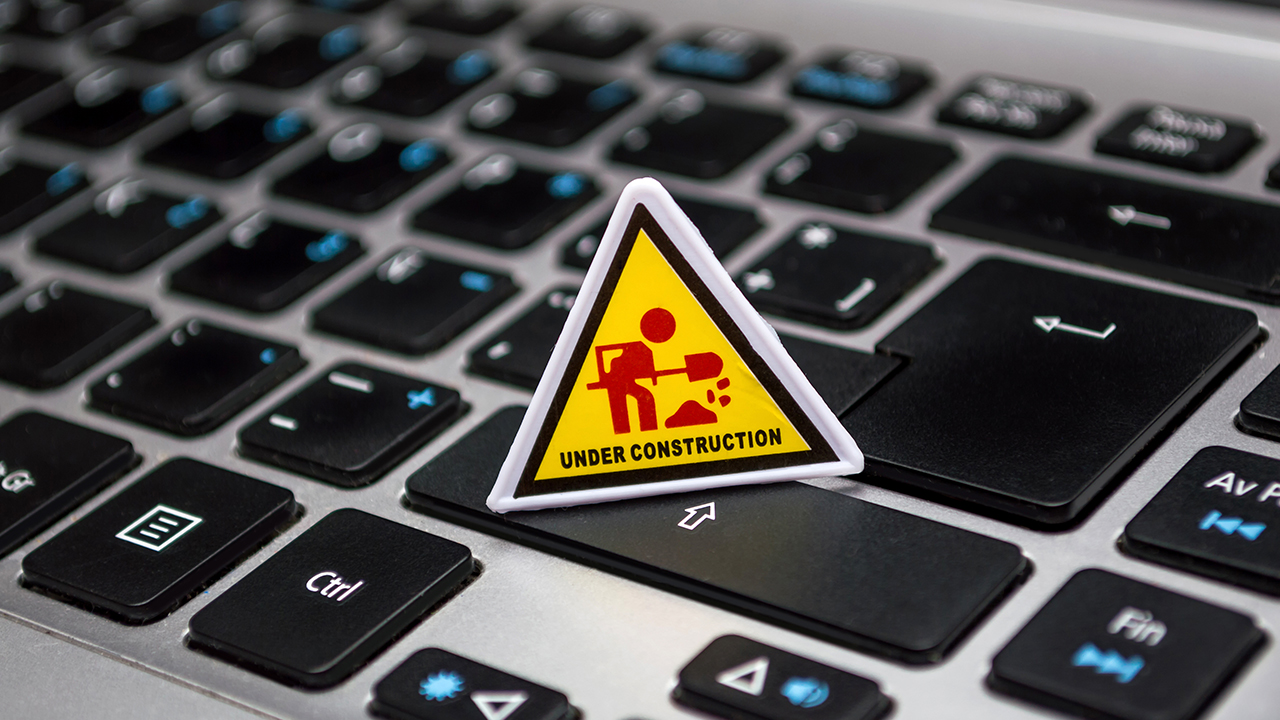Fixed assets, also known as property, plant and equipment (PPE), are tangible assets held for future use in either production, rental or administration. The IRS has new rulings for the 2016 year stating that if you have unaudited financial statements you will capitalize any asset over $2500. The old limit was $500 so this is quite a change for small companies and contractors who purchase lots of tools and equipment costing less than $2,500. This means any asset costing over $2,500 are moved, or coded, into fixed assets. This cost is then depreciated over the assets useful life, which in most cases is between 3 and 10 years. This new ruling also means that items you may have capitalized in the past are now considered expenses if they are under the $2,500 threshold. An example is a tool that costs $2,000 and is used on multiple jobs or lasts for several years. In the past, you may have capitalized the tool and depreciated it for several years. Now that tool is expensed in the year it is purchased. Another example is a vehicle transmission costing more than $2500. Is this a repair or a capital asset? The guidelines state that a repair that extends the useful life of the asset, not repairs for normal wear and tear, are capitalized. If you are going to put new tires on a vehicle this would be classified as regular maintenance due to normal wear and tear. They key is to look for costs that extend the life of the vehicle or the equipment. This mostly comes into play with large pieces of equipment or heavy machinery where the repairs can be extensive and expensive. Once you determine the items to be capitalized, you need to determine the amount of depreciation to record each month/year. There are IRS guidelines for determining useful life and there are book guidelines for determining useful life. Most times they are the same, but there are cases that you would like to have a different life for an asset between tax and book guidelines. It is not all that common, but it can happen. If you need help, see your outside accountant (your tax account, review accountant, or outsourced CFO for example). They will help you determine the useful life of the asset.
What accounts to review?
Typically, the costs you are looking for are over $2,500 and in expense accounts such as small tools, repairs and maintenance, equipment, and sometimes supplies or consumables. Have a list of accounts that fixed assets can hide in and review them monthly or quarterly. The other place that fixed assets can hide is in the actual job cost (cost of sales accounts). Sometimes the field buys an asset for a particular job and they expense it directly to that job and it gets lost. It never gets into fixed assets. You will then need to find it and move it out of the job cost by crediting the job and debiting fixed assets. It’s a good idea to have guidelines for anyone making purchases so they know when to notify you that an item needs considered for capitalizing vs expensing to a job.
Some companies maintain their own depreciation schedules during the year in excel. Some use software to calculate it. And some have their outside accountant maintain the listing as part of their tax services. Regardless of the method you choose, your outside accountant will need information for purchased and disposed fixed assets. It is a good idea to save copies of the invoices relating to the asset purchase or disposal for the outside accountant to review at year end. I like to keep a folder of all copies of asset transactions that occur during the year to make it easier at year end.
The treatment of fixed assets can make a big difference in your profitability for the year as well as your taxable income. Accurate and consistent treatment will not only enable you to track your assets, but also control your expenses.

